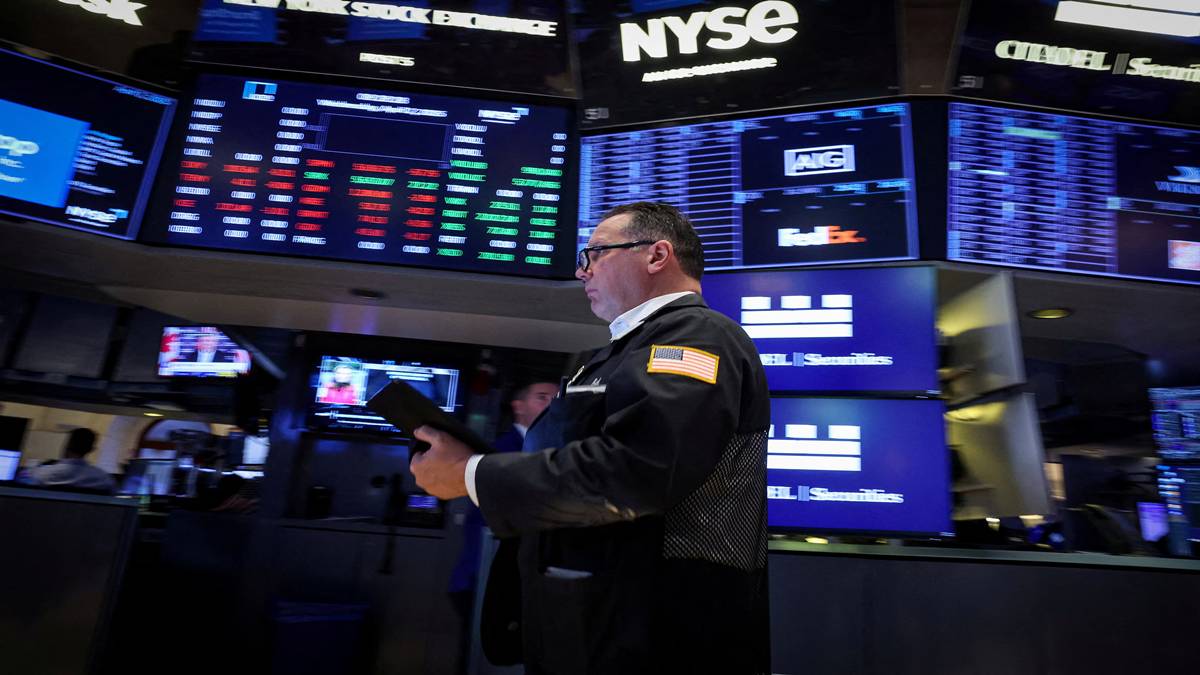In a surprising turn of events, a social media post sparked a whirlwind of excitement among traders, only to be followed by a swift reality check. The tweet from an account associated with Kevin Hassett, the director of the National Economic Council, claimed that Donald Trump was contemplating a 90-day pause on tariffs for all nations except China. This announcement sent stocks soaring momentarily, igniting a flurry of activity in the markets.
The Initial Surge: A Market Reaction
As traders reacted to the news, major stock indices experienced an incredible surge. The S&P 500 gained over $3 trillion in market capitalization by 10:18 AM ET. Influential news platforms like CNBC and Reuters quickly picked up the story, further fueling the optimistic sentiment.
- Stock Surge: S&P 500 added $3 trillion in market cap.
- Time Frame: This astonishing rise occurred within just minutes of the announcement.
However, this abrupt rise was short-lived. Just 16 minutes later, the excitement turned into disillusionment when the White House labeled the reports as false. The initial claims of a tariff pause were swiftly debunked, leading to a rapid decline in stock prices.
The Aftermath: A Market Rollercoaster
Peter Tuchman, a seasoned trader at the New York Stock Exchange, described the situation as "madness," stating, “Everything sold off” once the truth emerged about the misleading tariff news. This fleeting moment of hope lasted a mere 900 seconds, during which the markets underwent a dramatic rise and fall.
- Market Losses: The S&P 500 ultimately lost more than $2 trillion in market cap from its peak.
- Traders’ Sentiment: Justin Wiggs, a managing director at Stifel Nicolaus, expressed astonishment at the speed of market movements, comparing it to the chaos experienced during Covid and the financial crisis.
Expert Insights: Beyond Tariffs
Prominent investor Ray Dalio provided a broader perspective, cautioning against attributing the market’s volatility solely to the tariff situation. He emphasized that underlying issues in the monetary, political, and geopolitical frameworks are contributing to the current instability.
- Key Points by Dalio:
- The breakdown of the economic order is largely driven by excessive debt.
- Political divisions are growing due to disparities in education and wealth.
- The dominance of the U.S. in global politics is waning.
- Environmental crises and technological advancements are adding to the complexities.
Dalio’s insights underscore the necessity for traders and investors to look beyond immediate headlines and understand the larger forces at play.
In conclusion, the brief excitement over a potential tariff pause serves as a reminder of the volatility in financial markets, driven not just by headlines but by deeper, systemic issues.











